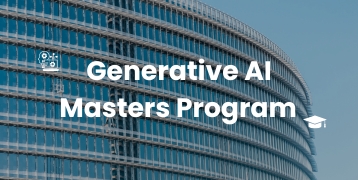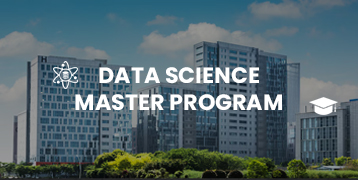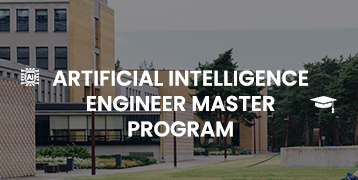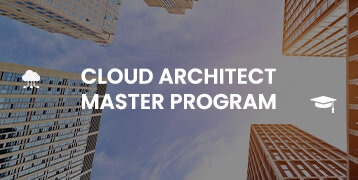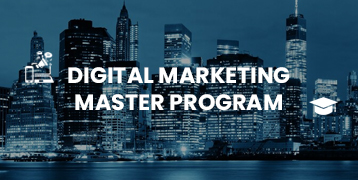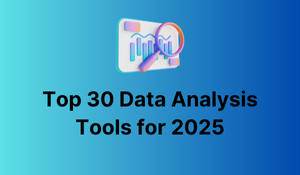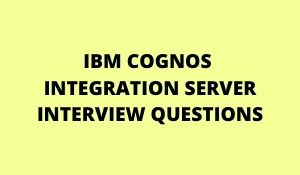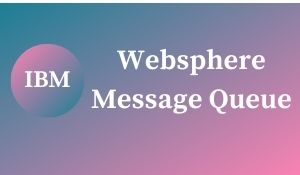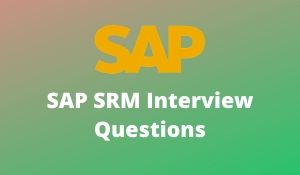
What is SRM?
SRM stands for Supplier Relationship Management. It is an extended form of ERP where data gets transferred between SAP R/3 and the SRM screen (and vice versa) so that every Vendor’s coordination will be better and which will fully avoid the paperwork and unwanted confusion. It is very effective for companies that have a large number of users who can directly purchase the material using the Shopping Cart in which the materials can be selected from the available Catalogs.
Discuss the benefits that SAP SRM brings to a business?
SAP SRM enables the organization to achieve the following business benefits: Sustainable cost savings- which enables the companies to achieve a closed loop from source to pay.
Contract compliance – provides visibility into enterprise expenditures and enables the procurement organization to effectively demonstrate according to corporate guidelines.
Competitive advantage – gives the tools to partner with key suppliers, define supplier management approach, and determine the key metrics.
What number ranges must be configured in SRM?
Entries should be created in the EBP system to link the EBP purchase orders, requisition, and reservation to the backend R/3 system. The logical system ID should reflect that of the EBP application server and client in which the number ranges are being configured. PO, RQ, and RS were used to easily distinguish each number range.
Why do we configure number ranges in SRM?
Number ranges must be established for EBP shopping carts as well as any potential purchasing document so that unique numbers can be generated in the backend R/3 system from EBP. The EBP system needs a number range established that automatically takes the next available number and assigns it to the document which will be created in R/3. Configuration must also be established in R/3 to correlate with the ranges in EBP so that conflict never arises when purchasing documents.
What purpose does the SRM org structure serve?
Organizational attributes serve many purposes in the EBP system. The primary purpose is to set attributes that define the users` shopping experience. Examples of such attributes are company code, plant, and cost centers that the user can order against, etc.
In SAP SRM, where do you create quotations and process them?
Bidding Engine
If you want to search for a particular product or a supplier, how can you do this?
In the SAP SRM portal, you can easily perform a search for different products and suppliers. Search criteria are easy to use. You can also restrict the number of entries in the search.
What is the use of workflows in SAP Supplier Relationship Management?
Workflows are used to perform easy approvals of POs allowing organizations to perform goods requisition easily and simply.
Where does the processing occur in SAP SRM Standalone deployment?
In a standalone deployment model, all the procurement processing is performed in the SAP SRM system and back end accounting system is used for invoice financial processing.
In a Standalone scenario, purchase order management, shopping cart goods receipts, and invoices are processed in the SRM system.
Where do you use the Classic deployment scenario in SRM?
For those customers who have a strong backend procurement system and where buyers do not want to use multiple systems for their operations.
| Learn more information from the GoLogica “SAP ABAP Training“ |
What is the benefit of using the Central Contract management process?
Central contract management allows buyers from different parts of the company from different locations to take advantage of negotiated terms and conditions. The terms and conditions are transitioned into a central contract and distributed to the local purchasing group to perform the procurement process for the company.
How do you perform SAP ERP integration with SAP SRM to perform the upload of Contracts?
To upload the central contracts and schedule agreements from the SAP ERP system to the SAP SRM system, you can use the program BBP_CONTRACT_INITIAL_UPLOAD. As per your configuration, these contracts are loaded and scheduled from ERP to SAP SRM system.
How do you upload and manage central contracts in ERP?
You can upload contracts in SAP ERP system by going to SAP ERP Central Component → Logistics → Materials Management → Purchasing → Outline Purchase agreements with vendors → Contract → Central Contract → SRM Central Contract
How is SAP SRM linked with SAP MM?
You can replicate Purch Org, Purch Group, material master, and vendor master from the backend.
you can create PO in SRM and replicate Po in the R/3. All the procurements done in SRMare related to MM only.
What is the difference between a business partner and a partner function
A business partner is as above, Partner function make vendor as a ref, then there will be invoicing party, supplying party, etc these are the partner functions. For customer ship to party, invoicing party, etc
What is the function of supply management in an organization?
The supply management function of an organization is responsible for various aspects such as managing supplier performance and implementing technologies, processes, policies, and procedures to support the purchasing process. Also, provide the supplier relationship management process for providing the structure for how relationships with suppliers will be developed and maintained.
What are the key business processes in SAP SRM?
The key business process in SAP SRM includes:
Procure to pay- we can integrate catalogue-based requisition and gain the benefits of e-procurement.
Catalog management- manages catalog data as master data that is deeply integrated.
Centralize sourcing- gain visibility into the demand for goods and services.
Centralized contract management- consolidates contract information.
Supplier collaboration- links suppliers to our purchasing processes through the supplier portal.
What is a Purchasing Organization?
A Purchasing Organization is the organizational unit within a business responsible for the procurement of goods and services for plants belonging to a particular region. It also negotiates terms and conditions of contracts and purchases from vendors and also assumes legal responsibility for those purchases for the Plants that PO is responsible for. Those Plants are dependent on their assignment.
What purpose does the SRM org structure serve?
Organizational attributes serve many purposes in the EBP system. The primary purpose is to set attributes that define the users` shopping experience. Examples of such attributes are company code, plant, and cost centers that the user can order against, etc.
If we replicated a vendor from R/3 to SRM and assigned it to the wrong Account group/purchase organization. How can we Correct it(assign it to the correct Account group/purchase organization)?
You can use PPOMV_BBP to correct the individual vendors. Or run the update purchase org report to update or correct the value.
Related Articles:
🎯 SAP Tools for Quality. Is It Worth It?
🎯 Top SAP Modules List 2025
🎯 Understanding SAP VC
🎯 What BPC Is Not Designed To Be Used For – SAP BPC
🎯 What is SAP BPC? Understanding SAP BPC
🎯 What makes an SAP BPC Different from a Hyperion DRM?

